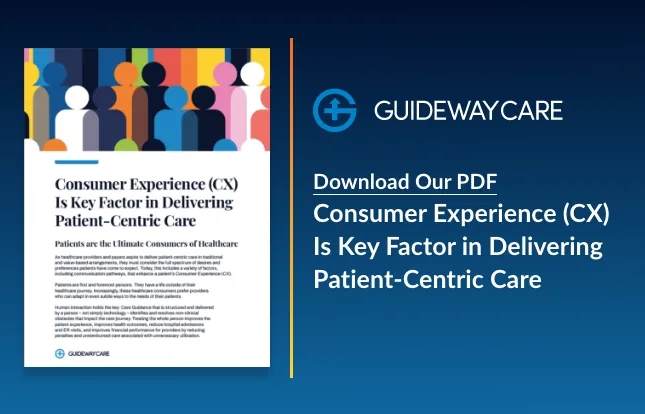Optimizing Patient Education in Oncology

Did you know that patient education is essential to quality cancer care? The American Society of Clinical Oncology (ASCO) emphasizes that making patient education a crucial part of their Quality Care Model is essential. The Centers for Medicare & Medicaid Services rolled out the Radiation Oncology Model (ROM) in January 2022, which included the requirement of patient education and decision support for radiation therapy. The ROM enables providers to invest in patient education for oncology care and get reimbursed for doing so.
Read more: The Radiation Oncology Model: Top Five Things to Know – Guideway Care.
Patient education is vital because it enables patients to understand their treatment options, make informed decisions about their care, and engage in active management of their illness. We will discuss the importance of patient education in oncology and explore ways to optimize it so patients can get the most out of their cancer care.
1. Improved Patient Understanding of Cancer and Its Treatment
Improved decision-making about their care comes with increased patient understanding of cancer and its treatments. Patient education helps empower patients to play a role in their oncology treatment plan. This can help individuals better understand the potential side effects and risks associated with specific treatments and the potential benefits.
2. Reduced Anxiety and Improved Psychological Well-Being
Anxiety and stress are common among cancer patients through their treatment and care. Providing clear and accurate information about their diagnosis, prognosis, and treatment options can alleviate some of this anxiety and empower the patients to make informed decisions about their care.
3. Increased Adherence To Treatment Plans
Oncology care requires high adherence to treatment plans, and ensuring patients understand their care is crucial. Patient education can increase comprehension of treatment plans and ensure that patients understand the importance of following their care plan. Thus, increasing patient engagement in care decisions helps to support better outcomes by improving adherence.
4. Improved Clinical Outcomes
Patients who understand their condition and treatment options may be more likely to adhere to treatment plans, resulting in better health outcomes. Educating patients can also help them understand the value of preventive measures such as screening and early detection, which can lead to earlier diagnosis and treatment.
Ways To Optimize Patient Education
Providers must ensure that their patient population is well-informed about their diagnosis and the associated treatments. To optimize patient education, providers can take several key steps.
1) Establish a patient-centered approach. This means considering each patient’s physical, emotional, spiritual, and cognitive needs. Additionally, it is vital to be mindful of the varying educational backgrounds of patients and their ability to process information in a meaningful way.
2) Use precise language when communicating with patients about their diagnoses and treatment options. It is essential to provide an understandable overview of the diagnosis, treatment options, and possible side effects.
3) Utilize visual aids whenever possible. Visual aids can be powerful tools for providing clear explanations and helping patients better understand their diagnoses and treatment plans. Examples include diagrams, pictures, graphs, handouts, or videos.
Patient education is an element of quality cancer care. Contact Guideway Care for value-based oncology care. With the Enhancing Oncology Model (EOM), we provide value for money and improved patient outcomes.
Contact Us Today To Learn How We Can Help
"*" indicates required fields




